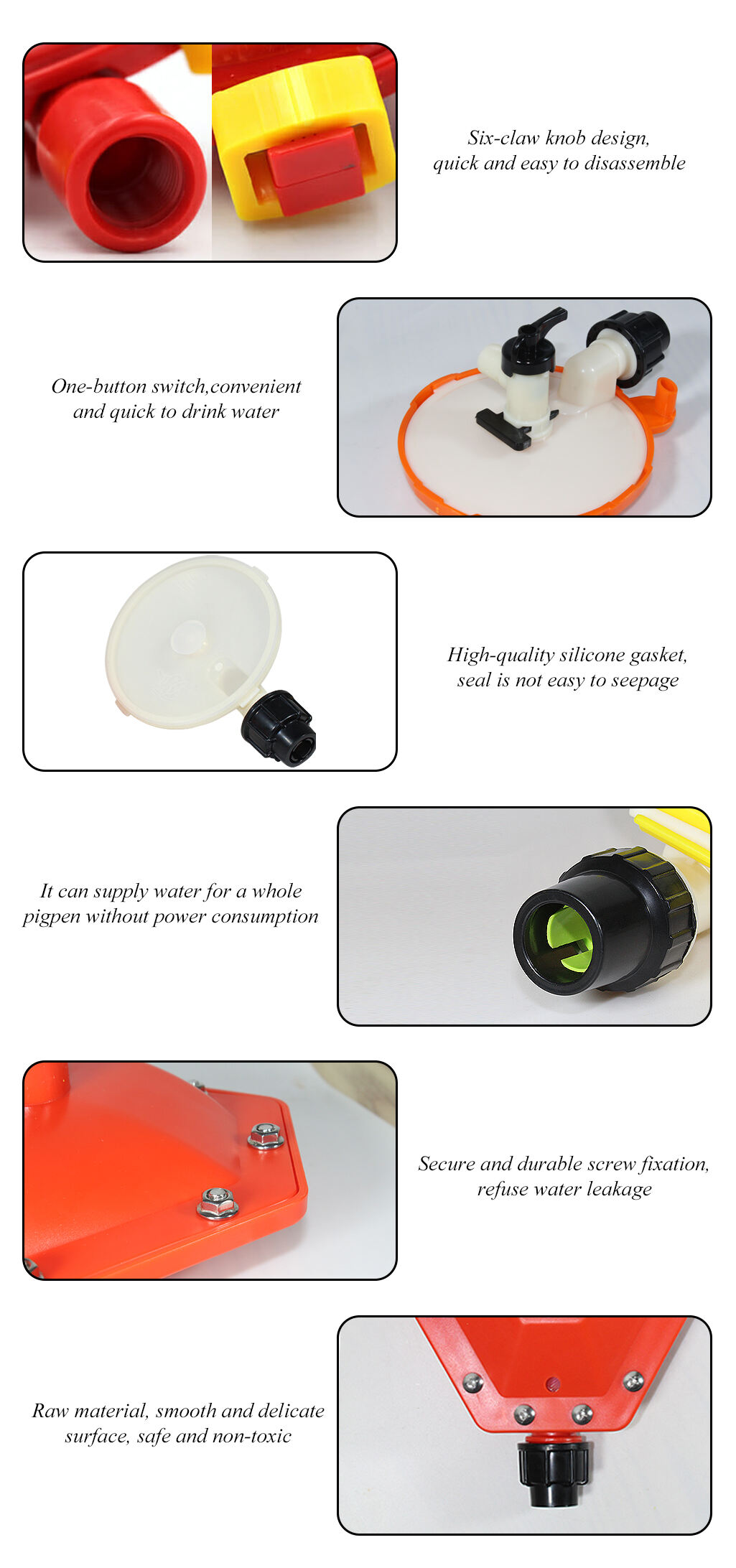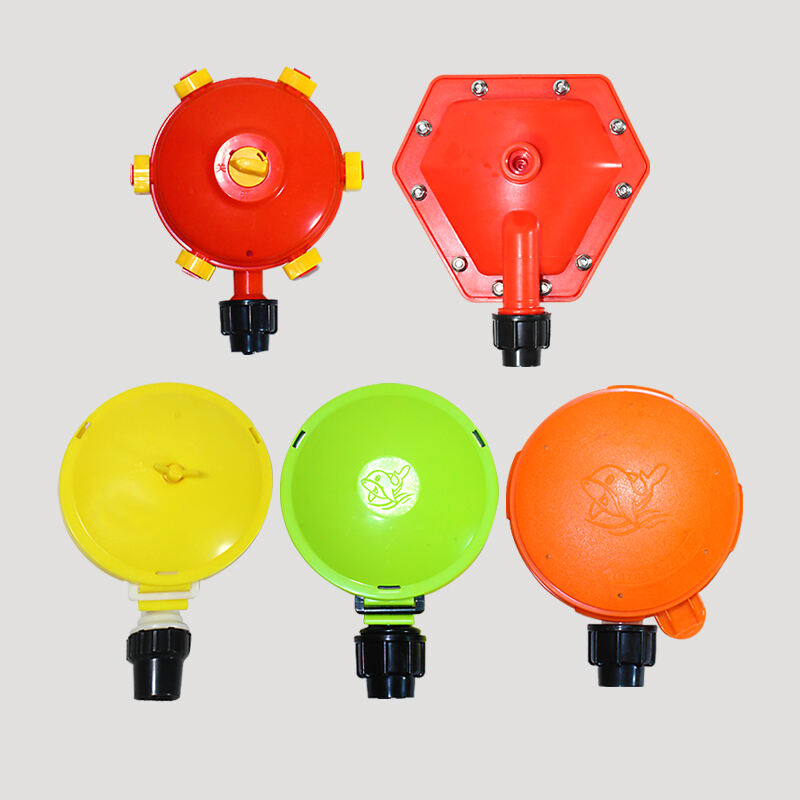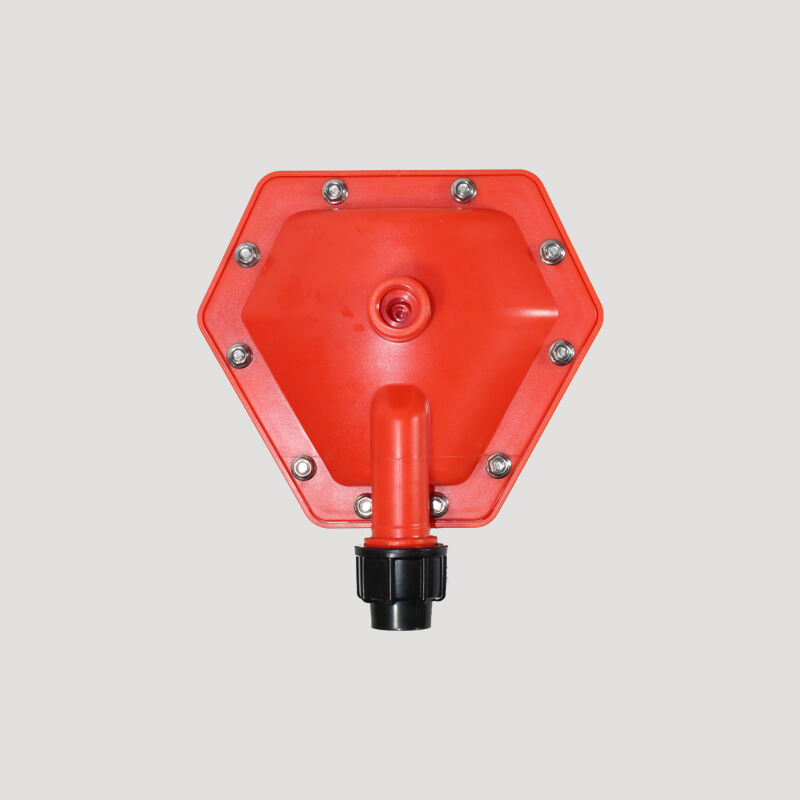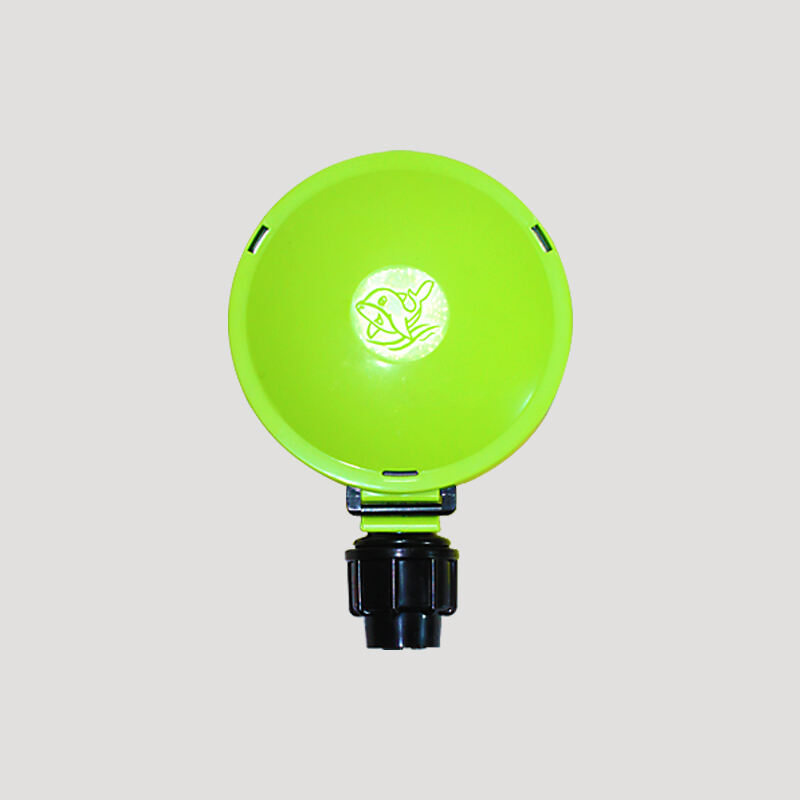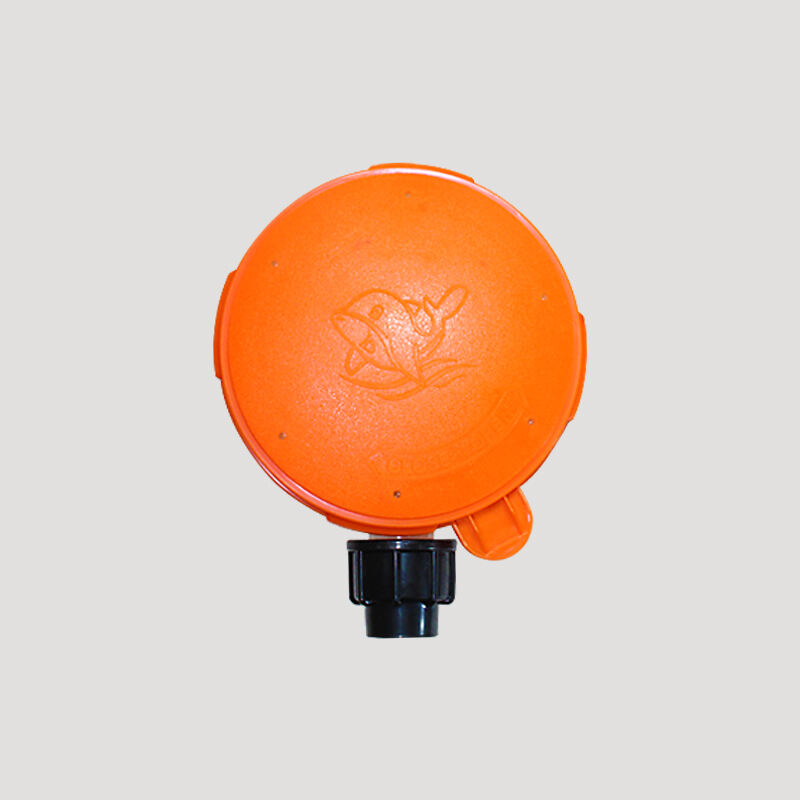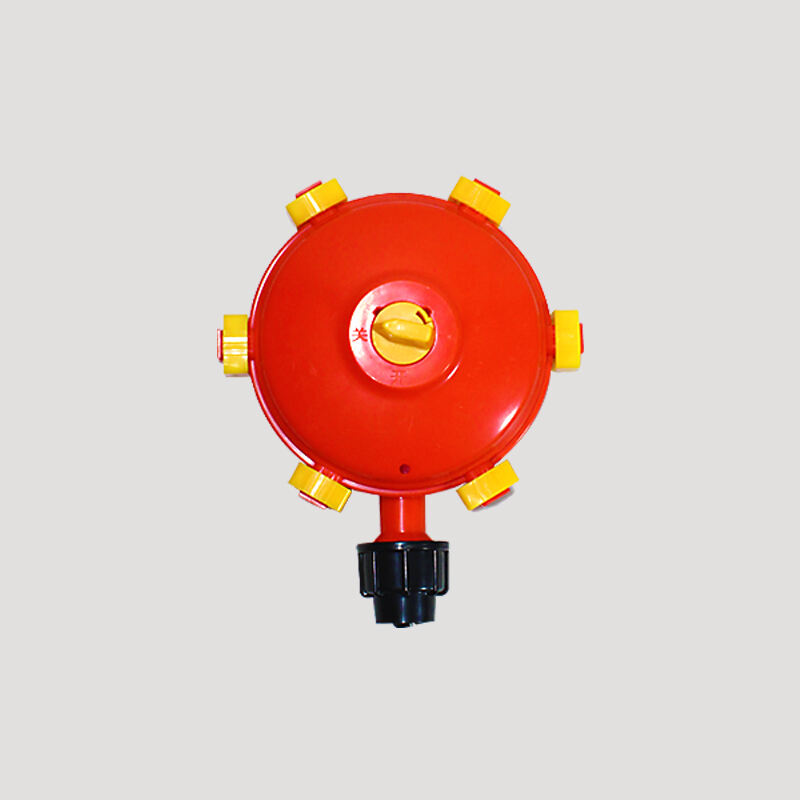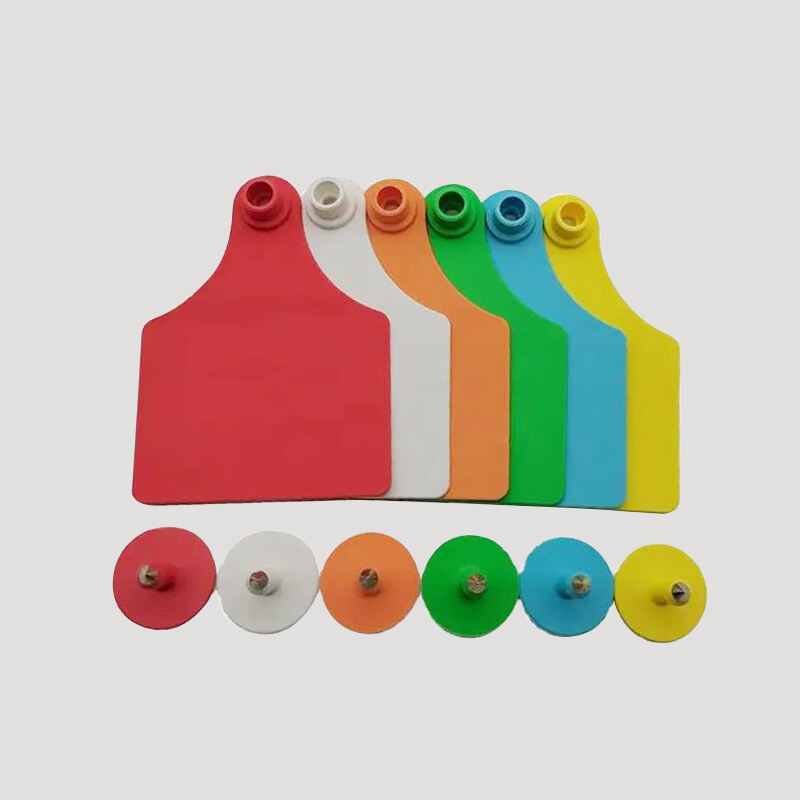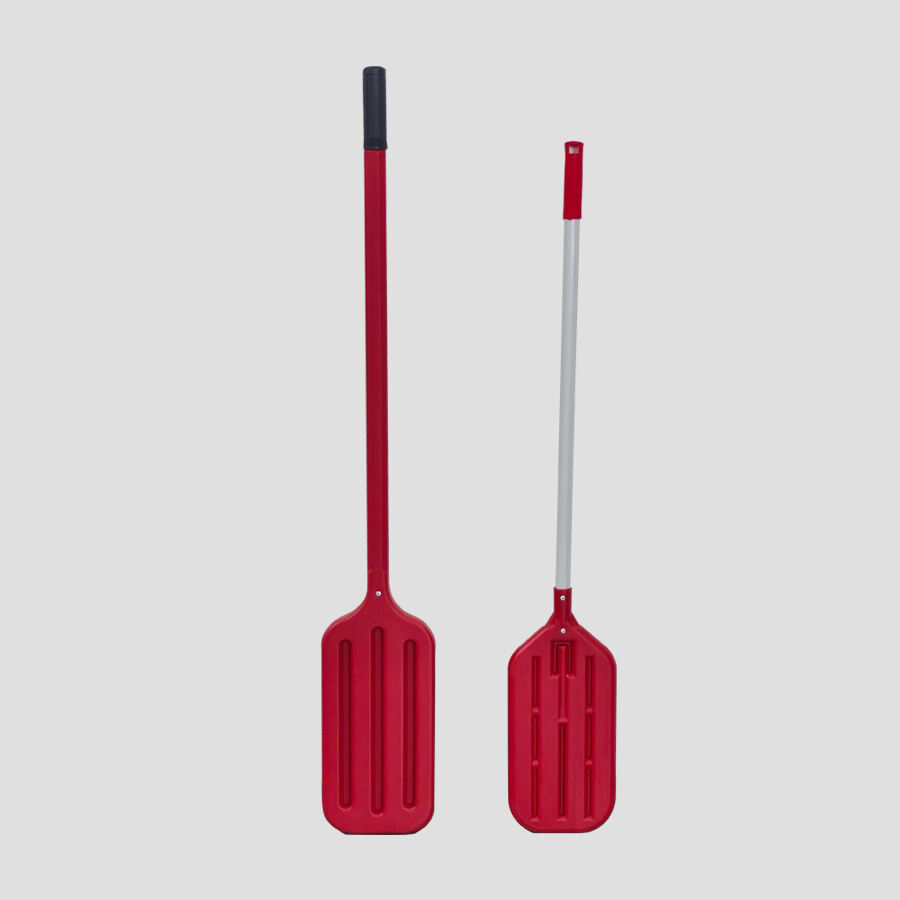ABS/PP Material Durable Automatic Water Pressure Control Valve for Pig Drinking System
- Overview
- Size
- Details
- Recommended Products
Description
Automatic Water Level Controllers for sows are essential devices in sow breeding, designed to automatically regulate water levels in drinking equipment, ensuring sows have constant access to stable and clean drinking water—this not only boosts breeding efficiency but also significantly enhances sow health. These controllers mainly work on two principles: the float principle and the electronic induction principle. For the float-type, a float moves up and down with water levels to control the inlet valve; when water level drops, the float sinks to open the valve and let water flow into the trough, while it rises to close the valve once the water reaches the set height. The electronic induction-type uses sensors to detect water level changes, sending signals to a controller that further operates solenoid valves, enabling more accurate and sensitive water level control.
In terms of structure, float-type controllers consist of a float, connecting rod, inlet valve and fixed bracket, where the float drives the connecting rod to open or close the valve. Electronic induction-type ones include water level sensors, a controller, solenoid valve and power supply—sensors transmit water level information to the controller, which then controls the solenoid valve. These controllers offer multiple advantages: they guarantee a steady water supply to meet sows’ physiological needs, improving their health and productivity; they save water by avoiding overflow or long-term running water waste; they reduce labor as no frequent manual checks or refills are needed, lowering workload and preventing water shortages; and they maintain hygiene by matching closed or semi-closed drinking systems, reducing external impurities and disease risks.
For installation, place the device where sows can easily access, with convenient water and drainage connections—ensure float movement is unobstructed for float-type, and correct sensor position/angle plus proper electrical connection for electronic-type. For maintenance, regularly check for damage, blockages or leaks, clean dirt on floats/sensors, protect electronic components from moisture and dust, and clean troughs/filters based on water quality to prevent scaling and ensure accurate control.
Size

Details
